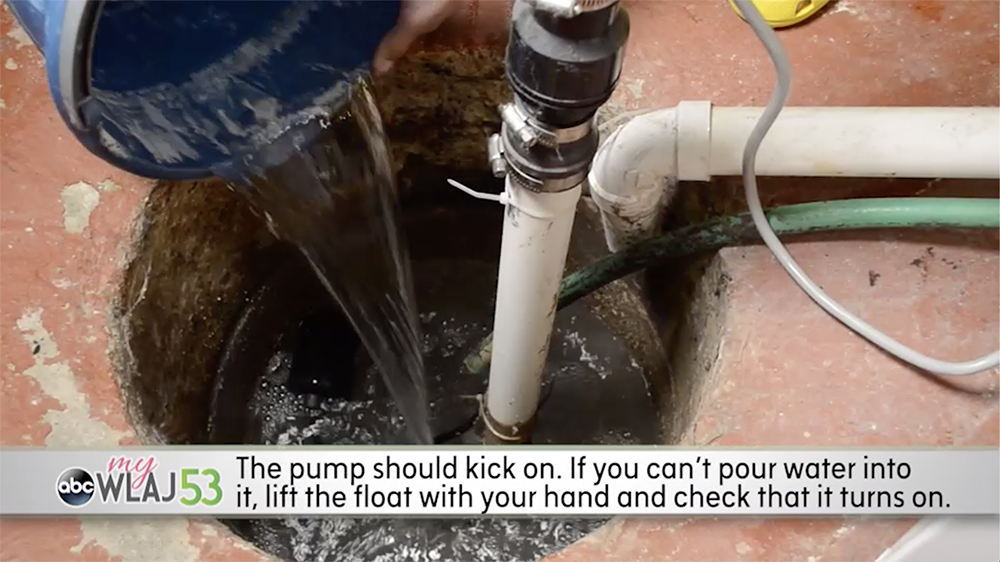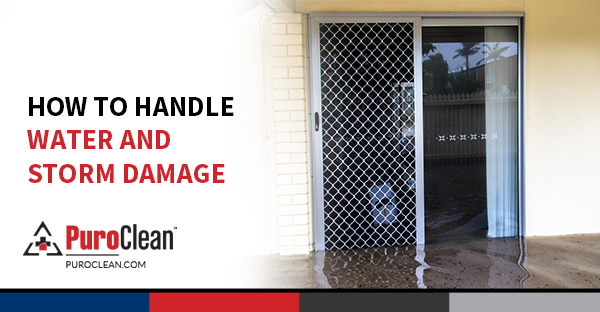Burst pipes can be a homeowner’s nightmare, especially during Michigan’s freezing winters. When temperatures drop, water inside pipes can freeze, expand, and eventually cause pipes to burst. This can lead to significant water damage if not addressed promptly and properly.
Early detection and immediate action are crucial. Recognizing the signs of a burst pipe can help you act quickly and reduce potential damage. Common indicators include suddenly high water bills or mysteriously damp spots appearing on your walls or ceilings.
Knowing what steps to take right after discovering a burst pipe can save your home from major damage. Acting fast will help prevent water from spreading, reducing the risk of mold and further structural issues. Protecting your home starts with understanding these critical steps, keeping your living space safe and sound.
Detecting Signs of a Burst Pipe
Detecting a burst pipe quickly is essential to preventing severe damage. In Michigan, where temperatures can drop suddenly, water inside pipes may freeze and cause them to burst. Recognizing the signs early helps homeowners take swift action. One common indicator is a spike in your water bill. If your bill jumps unexpectedly without any change in your usage, it may be due to a hidden leak or burst pipe.
Another telltale sign is the presence of water spots on your walls, ceilings, or floors. These spots might appear dark or damp and are often accompanied by peeling paint or wallpaper. Keep an ear out for unusual sounds like running water, even when all taps are off. This could mean water is escaping from your pipes into areas it shouldn’t be.
Being vigilant and familiar with these warning signs is crucial. Regular plumbing inspections are equally important to catch these issues before they become disasters. Michigan’s cold climate means pipes are under more stress, making routine checks even more necessary. Early detection can save you from costly repairs and extensive water damage, ensuring your home remains safe and dry.
Immediate Actions to Minimize Water Damage
When a pipe bursts, taking immediate action can significantly reduce the amount of water damage. Here’s a step-by-step guide to help you respond quickly and effectively:
1. Turn Off the Water Supply: Locate your main water shut-off valve and turn it off to stop any more water from flowing into your home. This is the most critical step to prevent further flooding.
2. Shut Off Electricity: If water is near appliances or electrical outlets, turn off the electricity at the circuit breaker to avoid any risk of electrocution. Safety first.
3. Document the Damage: Take photos or videos of the affected areas. This documentation can be helpful when making an insurance claim.
4. Remove Valuables: Quickly move items like furniture, electronics, and important documents away from the water to prevent further damage.
5. Call a Professional: Contact a plumber to repair the burst pipe. Quick repairs are essential to resume normalcy in your home.
Fast action helps minimize water damage, reducing the risk of mold and structural issues. Mold can start to grow within 24-48 hours of exposure to moisture, so acting swiftly is vital. By following these steps, you can minimize damage and the stressful aftermath, helping to restore your home to its previous state more effectively.
Cleaning Up After a Burst Pipe
Once the immediate situation is under control, it’s time to tackle the cleanup. Removing water quickly is crucial to prevent further damage. Start by using mops and towels to soak up standing water as much as possible. A wet/dry vacuum can be a lifesaver here, as it helps to efficiently remove water from floors and carpets. If the area affected is large, you might consider renting one or calling in professional help.
After removing the water, it’s important to dry out the affected areas thoroughly. Place fans around the space to improve air circulation, and use dehumidifiers to help extract moisture from the air. Open windows and doors if the weather permits for better ventilation. Pay particular attention to furniture and belongings. Move them out of the water-damaged area and dry them separately to prevent mold and mildew.
Keep an eye on walls and floors for signs of moisture or warping. If you notice significant damage, it might be necessary to replace certain materials or consult a professional for advice. Thorough cleanup helps ensure that mold doesn’t take hold in your home, preserving both your property and health.
Preventive Measures for Future Protection
Taking steps to prevent future pipe bursts can save you a lot of trouble in the long run, especially in Michigan where winter cold is a major factor. Start by insulating your pipes, particularly those located in unheated areas like attics, basements, and garages. Pipe insulation is an affordable way to prevent freezing and bursting due to temperature fluctuations.
Maintaining a consistent home temperature above 55°F is key during the cold months. Opening cabinet doors to allow warm air to circulate around plumbing can also help protect against freezing. Consider investing in a programmable thermostat to manage your indoor climate efficiently.
Regular plumbing maintenance and inspections are indispensable. Schedule an annual check-up with a professional plumber who can identify weak spots or potential issues in your plumbing system. Early detection and repair can prevent major problems from developing. By staying vigilant and taking these preventive measures, you can safeguard your home against future emergencies.
Conclusion
If a burst pipe causes havoc in your Michigan home, you don’t have to face the aftermath alone. PuroClean of Howell is ready to provide fast, reliable emergency restoration in Michigan to get your home back to its original condition quickly. With our expertise, we help ease the stress of water damage, restoring safety and comfort to your living space. Contact us for professional help when you need it most.




 PuroClean of Howell
PuroClean of Howell